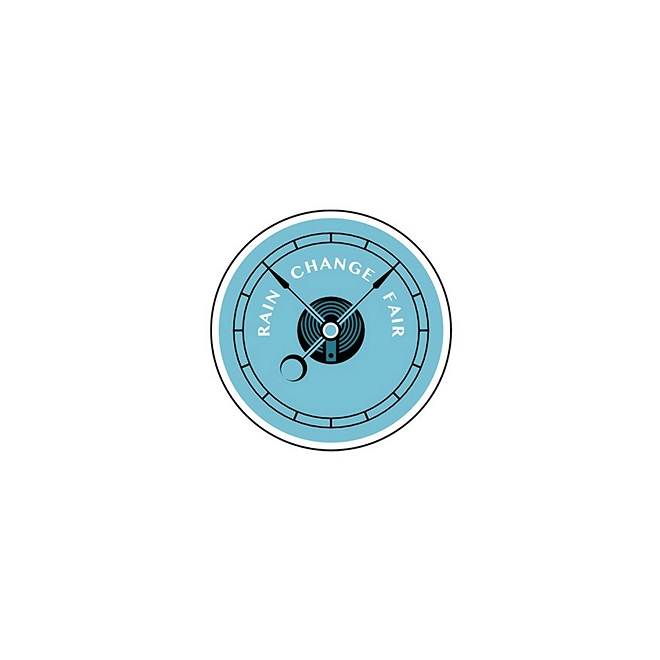Circular economy and our energy system
In this brief and with due respect to the challenging times we live in, we thought we’d float the concept of a circular economy – a positive, exciting idea that took centre stage at the 2020 World Economic Forum earlier this year and has animated global thinking from leading governments, businesses and civil society.
The concept of a circular economy is an overarching, systemic concept that provides a framework for enabling our society and economy to flourish while staying within safe environmental boundaries. In this brief, we make a case for how applying circular economy principles can configure our energy system to drive towards net zero emissions while using resources sustainably.
Circular economy is powered by the energy transition
The circular economy involves keeping resources, such as energy, at its highest value use for as long as possible. The circular economy is a fundamental shift away from the conventional, linear ‘take-make-dispose’ economy, where goods are made, sold and then discarded as waste.
Three key principles underlying a circular economy are:
Case in focus: Tackling waste from the energy transition through a circular economy perspective
The uptake of residential solar PV has been a confident pivot towards renewables, but the potential downside is that there could be a looming e-waste issue when solar PV panels reach the end of their useful life.
However, from a circular economy perspective, this e-waste could present an opportunity to recover the precious metals in solar panels. Indeed, there are estimates that the global value of the spent resources to make all our electronic devices (not just PV) is collectively worth three times the annual output of all the world’s silver mines. Researchers at the University of NSW, are designing ‘micro-factories’ that take e-waste and extract valuable metals and materials for recycling and re-use. These innovations coupled with the right incentives could ensure that e-waste, including waste generated through the energy transition, can be kept for valuable use in the economy.
Author: Marc Tutaan



